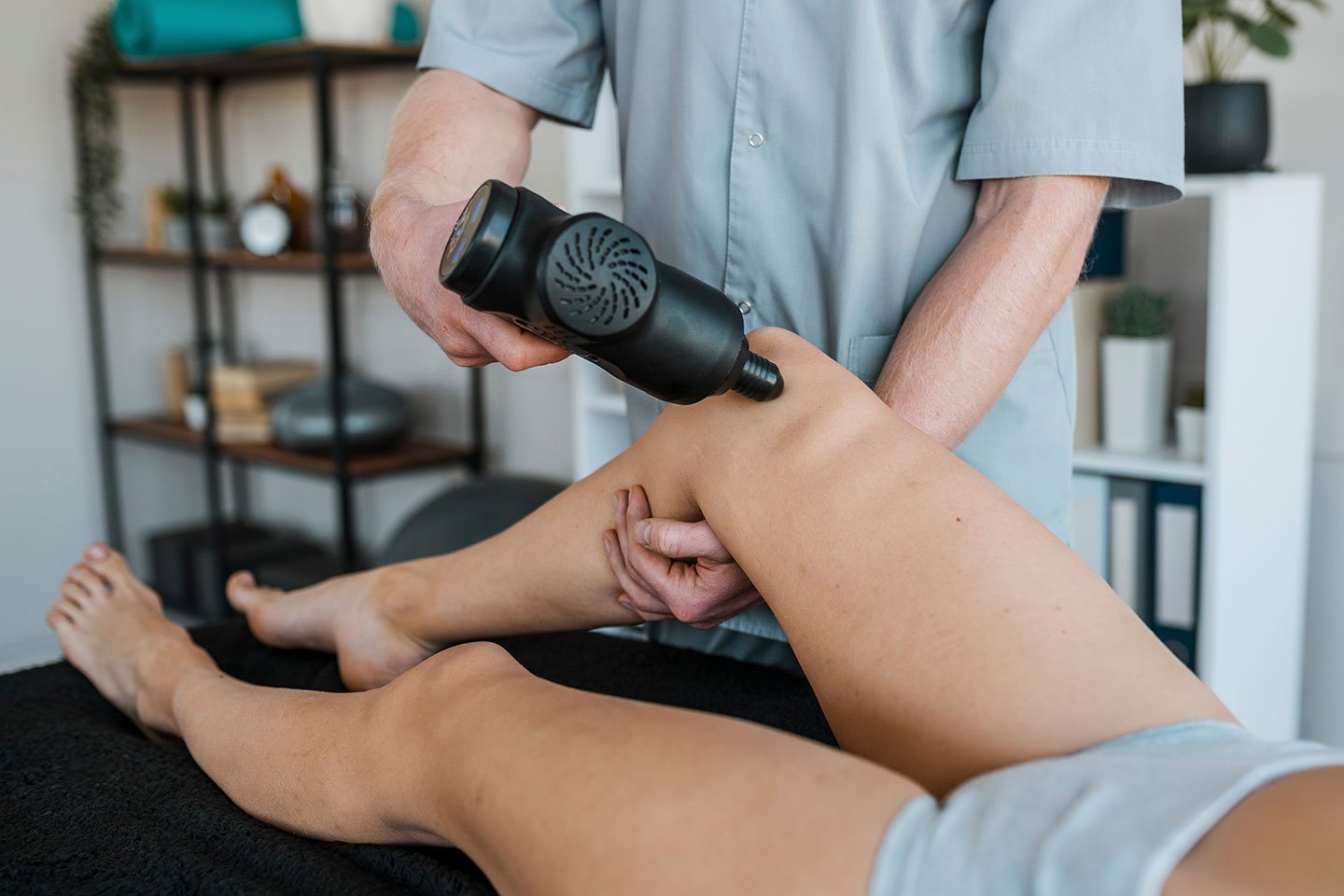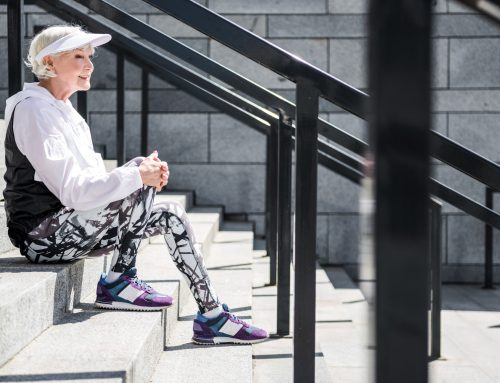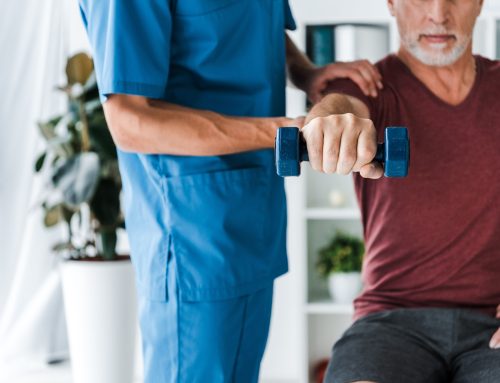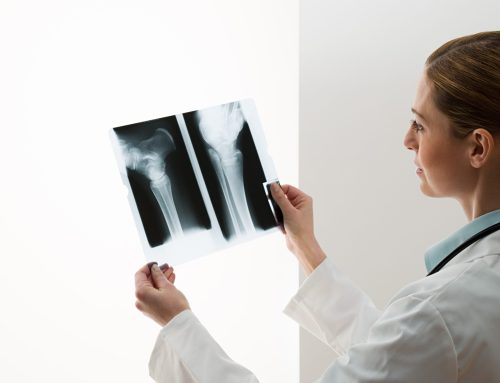
Osteoporosis – a word that sends chills down the spine, given the daunting reality it represents. A disease characterized by fragile and brittle bones, osteoporosis affects millions worldwide. Particularly, elderly individuals and post-menopausal women are more prone to this condition, which can significantly impact their quality of life through the threat of debilitating fractures. However, recent advancements in medical technology have heralded a potential game-changer: vibration therapy.
Vibration Therapy: An Overview
As the name suggests, vibration therapy involves using vibrations as a therapeutic tool. At first, it might sound like an unconventional approach. However, this therapy is a promising, non-invasive, and drug-free alternative to traditional osteoporosis treatments. It works by exposing the body to vibrations of a specific frequency through a vibrating platform. But how do these vibrations impact bone health? Let's delve deeper into the science behind it.
The Mechanostat Principle and Its Role in Vibration Therapy
The fundamental theory behind this therapy is the mechanostat principle, according to which bone structures respond to mechanical strain by reinforcing themselves. This principle states that when the body is subjected to a certain amount of load or force, it reacts by strengthening the structures that bear this load – in this case, the bones.
Vibration therapy capitalizes on this natural, adaptive response of bones. As you stand on the vibrating platform, your body absorbs these micro-vibrations. This gentle, low-intensity stimulation is not a vigorous workout but a subtle, continual process that encourages bone health over time.
The vibrations are believed to stimulate bone-forming cells, known as osteoblasts, thereby encouraging new bone growth. Concurrently, these vibrations may also reduce the activity of osteoclasts, the cells responsible for bone resorption or loss. Hence, this provides a two-pronged approach: it promotes bone formation while inhibiting bone degradation.
Marodyne LiV: A Step Forward in Vibration Therapy
Among the pioneers of this innovate therapy is a German company called Bio Tissue Technology (BTT), the manufacturer of the Marodyne LIV (Low-Intensity Vibration, leading the way. Marodyne LIV is recognized by Health Canada as a class II medical device uniquely designed to address an individual’s musculoskeletal health.
The suggested use of this device is as simple as it is efficient: a mere 10 minutes a day can help increase bone density and strength without the need for physical exertion or the risk of adverse side effects common in medication-based treatments. It's as straightforward as standing on the device and allowing the vibrations to work their magic.
Does Vibration Therapy Work? Here's the Evidence
The crucial question remains: does vibration therapy truly deliver on its promises? Recent scientific studies and research suggest it does. A study published in a scientific journal found that whole-body vibration led to improvements in bone density in mice models.
Moreover, a study conducted in 2014 showed similar positive results in postmenopausal women who underwent vibration therapy, indicating potential benefits in human populations. These studies, among others, suggest that vibration therapy can play a significant role in promoting bone health and countering osteoporosis.
However, like any nascent technology, more extensive research, especially large-scale human trials, is necessary to definitively establish the extent of vibration therapy's results and its long-term effects. This caveat does not diminish the promise vibration therapy holds but serves as a reminder of the scientific rigour required in medical advancements.
The Vibrant Future of Osteoporosis Treatment
As we look toward the future of osteoporosis treatment, vibration therapy emerges as a bright beacon of hope. While it is not a cure-all or magic bullet, it offers significant potential as a part of a comprehensive treatment strategy. Its non-invasive, drug-free, and simple-to-apply nature makes it an attractive option for many patients, particularly those seeking an alternative to medication-based treatments.
With vibration therapy, we envisage a future where maintaining bone health could be as straightforward as standing on a platform for a few minutes each day. This idea may seem like a futuristic dream, but with the advancements being made by companies like Marodyne, this future is rapidly becoming a tangible reality. These efforts reflect the monumental strides we're making in the field of osteoporosis treatment, with vibration therapy at the forefront.
Yet, it's crucial to remember that vibration therapy should not be seen as a standalone solution. A successful osteoporosis treatment regimen requires a comprehensive approach that combines vibration therapy with balanced nutrition, regular exercise, and adherence to medical advice. It's about implementing a multi-faceted strategy that includes medical treatments, lifestyle changes, and this exciting, innovative therapy.
Even though we await more extensive research to fully understand vibration therapy's long-term effects and potential, the findings so far paint an optimistic picture. These advancements offer hope, improved quality of life, and a brighter future for those living with osteoporosis.
Vibration therapy represents a promising frontier in osteoporosis treatment. It exemplifies how innovative, science-backed technology can provide groundbreaking solutions to longstanding health challenges. As we continue to explore and understand this therapy better, we move ever closer to reshaping and enhancing the way we approach bone health.
So, here's to a future where we can literally 'shake off' osteoporosis, one vibration at a time! To learn more or order a device, contact Marodyne LiV.
Would you be able to commit to 10 minutes a day for your bone health? What reservations do you have about vibration therapy? Share your thoughts with our readers in the comments below.



